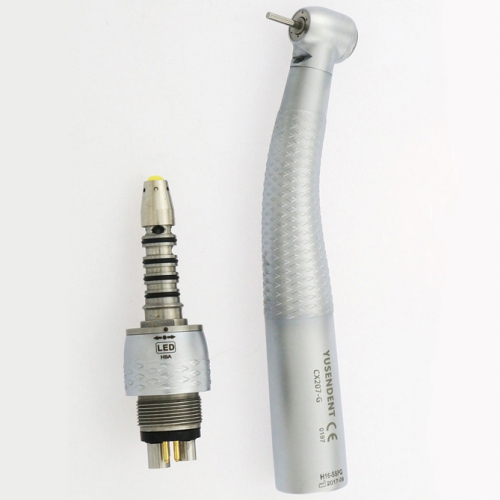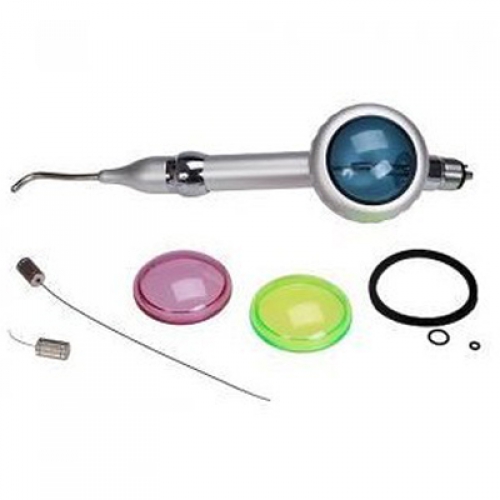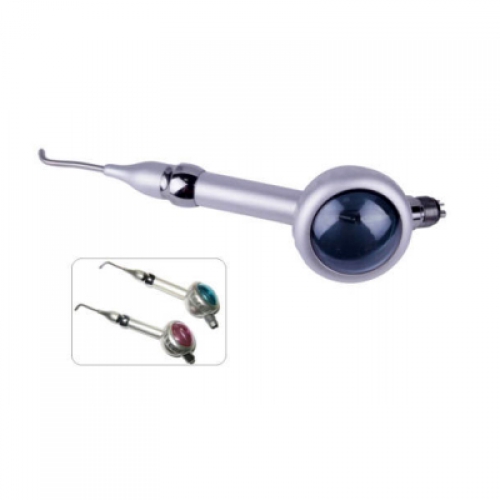Introduction: What is a dental handpiece?
A dental handpiece is a device used by dentists which is attached to a dental drill and is used to drill into teeth. The handpiece can be used with the drill is to remove decayed teeth or to fill the space left after removal of decayed teeth. The type of handpiece used by dentists will depend on the type of drill being used. Handpieces are available in different shapes and sizes, depending on what type of work is required.

What are the Different Types of Handpieces?
There are several different types of surgical handpieces, including:
- Dental turbine handpiece
- Electric handpieces
- Electrosurgical units
Air-driven or turbine handpieces are powered by compressed air. They require an air compressor to provide the compressed air and a pressure regulator to control the pressure. These units are often used in the dental field to shape and polish teeth, but they can also be used in a surgical setting to remove excess tissue. and tissue for grafts.
Electric handpieces use electricity to power an electric motor; this eliminates the need for compressed air. This type of unit is often used in a surgical setting and can be used with a variety of materials, including – plastic, metal, or glass.
Electrosurgical units dental typically use electrical current to power an electric motor; these units are often used for performing minor electrosurgery through the use of a disposable electrode.
What are the Benefits of Having a Dental Handpiece in Your Clinic?
Dental handpieces are an investment for any dental clinic. They are a necessary part of the practice, and can make a huge difference in how many patients a practice can see each day. There are many benefits to having one in the clinic, but it can be difficult to list them all in order of importance.
The most important benefit is that they allow the dentist to spend less time on each patient. With a dental handpiece, the dentist can simply switch out the tool being used on a patient and then move onto the next person. This means that the dentist is able to see more patients in a day and provide them with better service.


